
9 Things You Need to Know Before Renovating Your Home, According to Experts
Pro interior designers weigh in on updating your space.
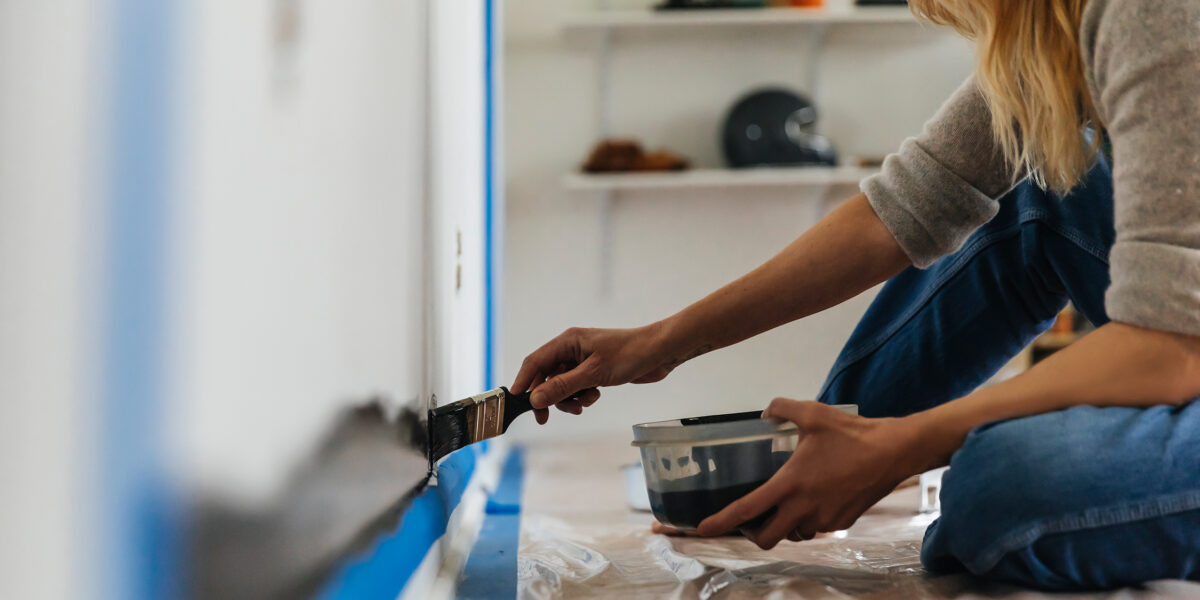
With astronomically high mortgage rates, selling your home or purchasing a new one is practically unthinkable. So, it’s no surprise that there are a lot of renovation projects in the works. Instead of investing in a new property, many homeowners are dipping into their savings to make improvements to their space. Big or small, home renovations and remodels may come with complications, delay, unexpected costs, and more.
If you’re interested in changing up the look of your home, there are quite a few considerations to keep in mind. Southern California-based interior designers Melissa Hanle, Julie Hovnanian, and Ashley Clark are sharing their thoughts about renovating—from zhuzhing up to tearing down, and everything in between.
“With renovations, you’re normally working with older construction and a lot of unknowns,” Hanle says. “Most people only renovate maybe two or three times in their life, so quality really matters.”
Below, explore the top tips for taking on these potential “unknowns,” according to the experts.

Thomas J. Story
1. Prioritize Proactivity
There are ups and downs during any renovation, but it’s all about having a clear plan before demo day. Hanle and Hovnanian both emphasize that you want to make sure drawings have been approved, and that appliances, plumbing fixtures, and other items are all en route.
“My number one tip with renovations is making sure as many products as possible are selected, ordered, and delivered to your home or a storage unit before the demo starts,” Hanle says. “Custom products have fairly long lead times, which are now exacerbated by the current supply chain issues. Waiting for specific products to arrive after you’ve already started the renovation can cause a domino effect of costly delays. The idea is to keep things moving as quickly as possible.”
In the planning phase, you also want to acknowledge your intentions for your home. Clark says she runs through a series of questions with her clients. These thought-starters include:
- Is this your forever home or do you plan to move or sell in a few years? “This answer can help with budget and also help with design decisions,” she says. “For example, if you’re planning to sell in a few years, we may not want to do pink tile in your daughter’s bathroom because that might not appeal to potential buyers down the road.”
- What is not working in your current house?
- What is the purpose of the renovation? Are we adding square footage or just making the space look better?
- What is your budget? “It is so important to have a realistic budget prior to starting the project to really figure out what you can and can’t do,” she says.
- Will you live in your home during the renovation? (More on that later!)

Ian MacDonald/Unsplash
2. Find a New Place to Live Temporarily
“Depending on the size of the renovation and the areas to be renovated, my first suggestion is to live somewhere else,” Hovnanian says.
Whether it’s a long-term rental, another property you own, or crashing with a friend or relative, finding an alternative living space will be helpful. After all, who wants to live in a construction zone? This can potentially affect the cost of your project, so don’t forget to add this to your renovation budget.
Not to mention, your living situation can also alter the timeline. For instance, Clark says you may need to do the renovation in phases if you plan on staying in your home while it’s under construction.
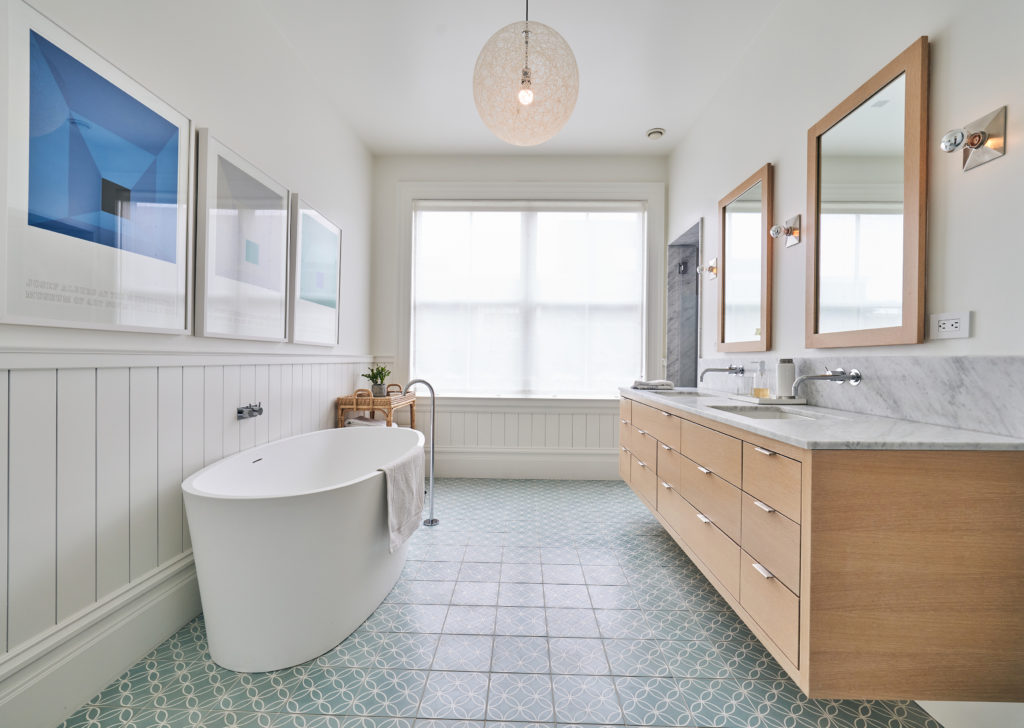
Thomas J. Story
3. Hire a Contractor
Chances are you are not a professional contractor, and it really helps to have one. To take any guesswork out of your experience, enlisting an expert is a highly recommended expense.
“Contractors have relationships with their subcontractors and this makes for a smoother and more efficient remodel,” Hovnanian says.
Clark goes one step further and suggests that finding a contractor you like is a must.
“Ask around for a recommendation, because you will be working closely with them during the entire process and having a shared vision is essential,” she says.
4. Focus on the “Bones” First
“When considering the budget, I always tell clients to make the ‘bones’ of the house the way they would ultimately like it,” Hovnanian says. “The decorative items can come over time, but you will never go back and redo floors, fixtures, countertops, etc.”
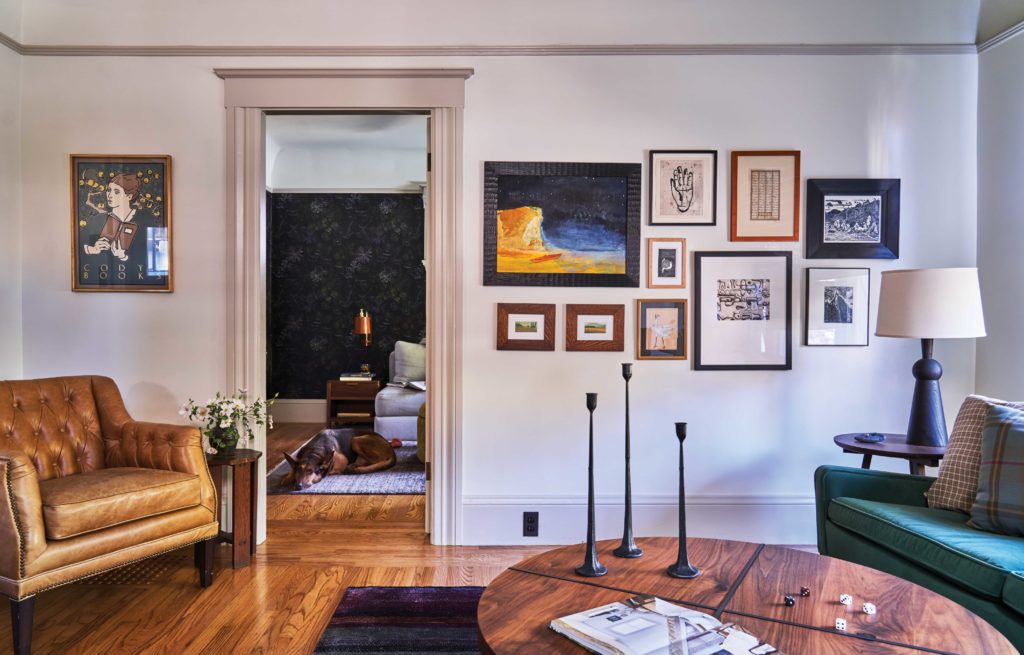
Thomas J. Story
5. Stay True to Your Style
Are you dreaming of a home that’s sleek and modern? Colorful and eclectic? Whatever your vision, go with your gut. “My clients often think they need to explore different design styles, only to come back around to their original style choice,” Hanle says. “This happens every time. I’m not at all opposed to them doing this to solidify their final decision, but it does save a lot of time if they trust their initial instincts on their preferred design style.”
Of course, Hanle adds that some rooms can have a different feel than others. But overall, there should be a “common thread” that ties them all together.
Another style-related priority? Honoring the existing style of your space. “Unless you’re doing a full-house architectural remodel, the architectural style of your home will—for the most part—dictate your renovation choices,” Hanle says. “For instance, don’t try to fit a modern farmhouse style into a California ranch or a mid-century modern into a traditional Georgian. Updating the look of your home is wonderful, but make sure the remodel works with the original architecture.”
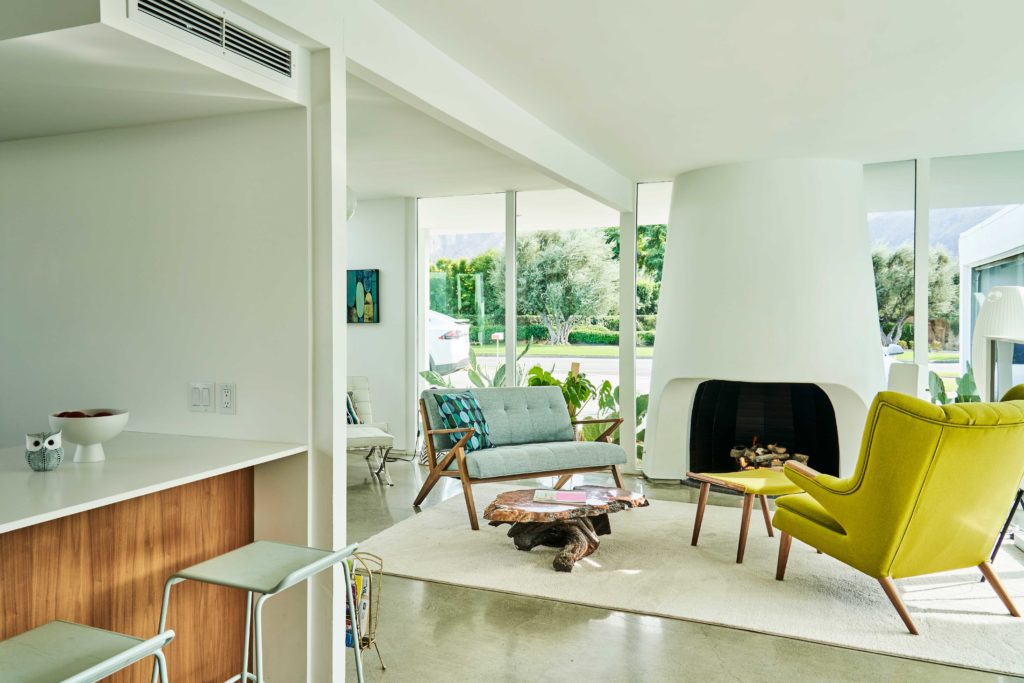
Thomas J. Story
6. Get a “Feel” for Your Dream Home
“Before beginning the renovation, it’s important to know how you want your home to feel and what you’re willing to spend to make that happen,” Clark says. “Once you know the feeling of your home, colors, tiles, and patterns will come much easier.”
7. Avoid Trendy Styles
Before such a major undertaking, Hanle sits down with her clients to discuss their preferences. During these chats, she finds that many are hung up on trendy ideas that they might regret in the future.
“This is a delicate balance, as they are excited to present me with ideas for their home based on current trends, and I hate to curb their enthusiasm,” she says. “I try to recommend more classic versions of their desired design trend, so they’ll stand the test of time but still feel updated.”
However, there is some wiggle room when it comes to following interior design trends. Hanle says it’s best to invest in smaller items like furniture pieces, fabrics, paint colors, and home accessories. “Have fun with those!” she says.
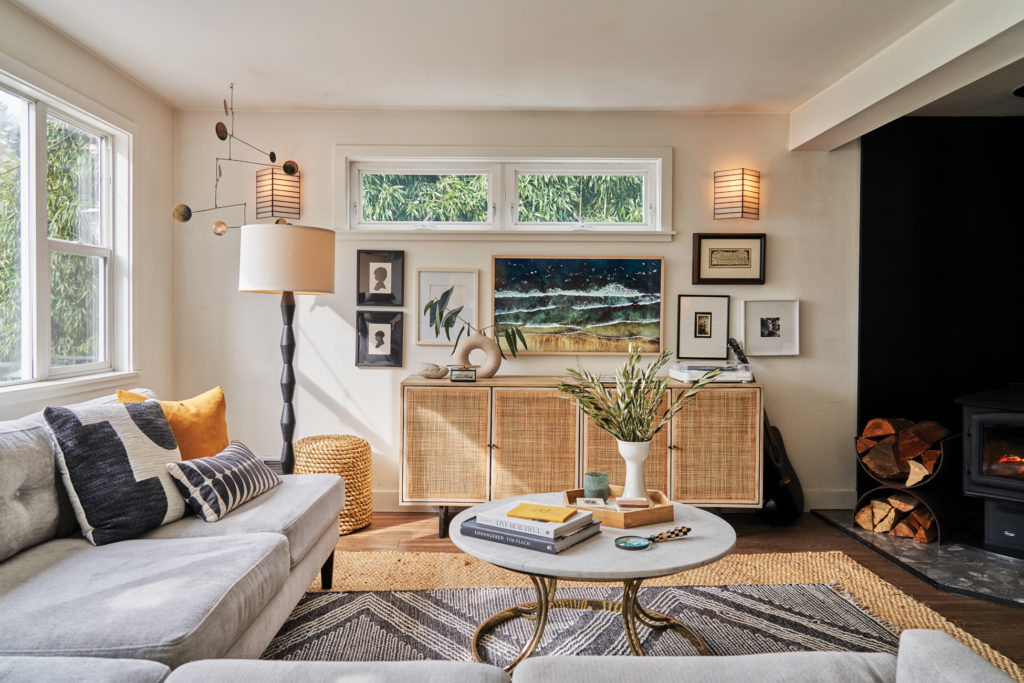
Thomas J. Story
8. Prepare for a Higher Budget and Delays
The sticker shock of a renovation project is no joke, and it’s best to recognize that the cost of your project will evolve over time. Same goes for the timeline. All of our experts say they often remind their clients to be flexible on both their budget and desired end date.
“Your renovation will take longer and be more costly than you plan for… always!” Hanle says. “Whether you’ve hired a contractor or are coordinating the project on your own, be sure to plan for delays and added costs.”
Hovnanian adds that having a cushion in your overall budget is key to reducing your stress and managing your expectations.
9. Stay Positive
“Remind yourself that it will be worth it!” Clark says. “Sometimes we get stuck in the weeds during the process with all of the details, but creating a space you and your family can rest and be together in is the most rewarding thing.”
